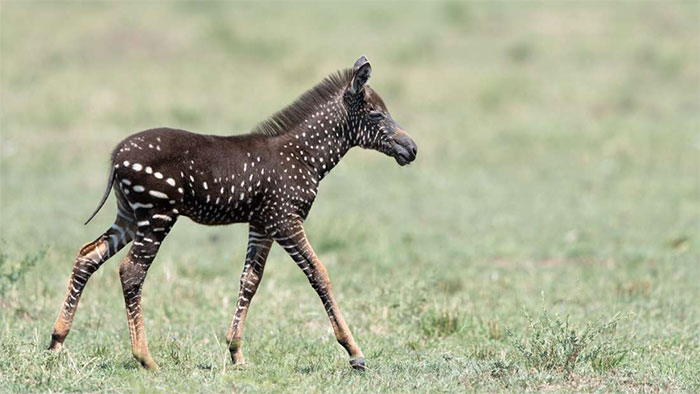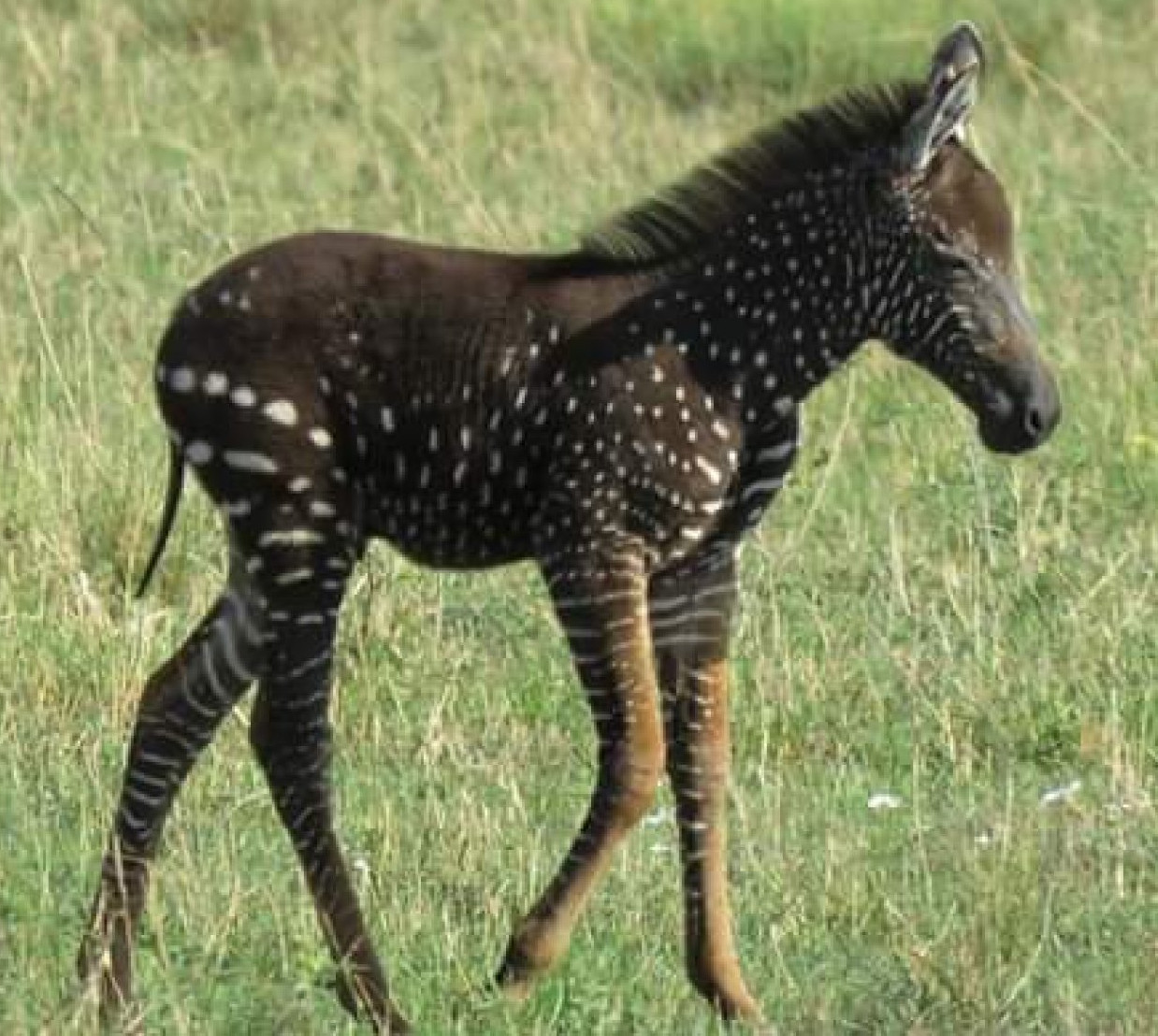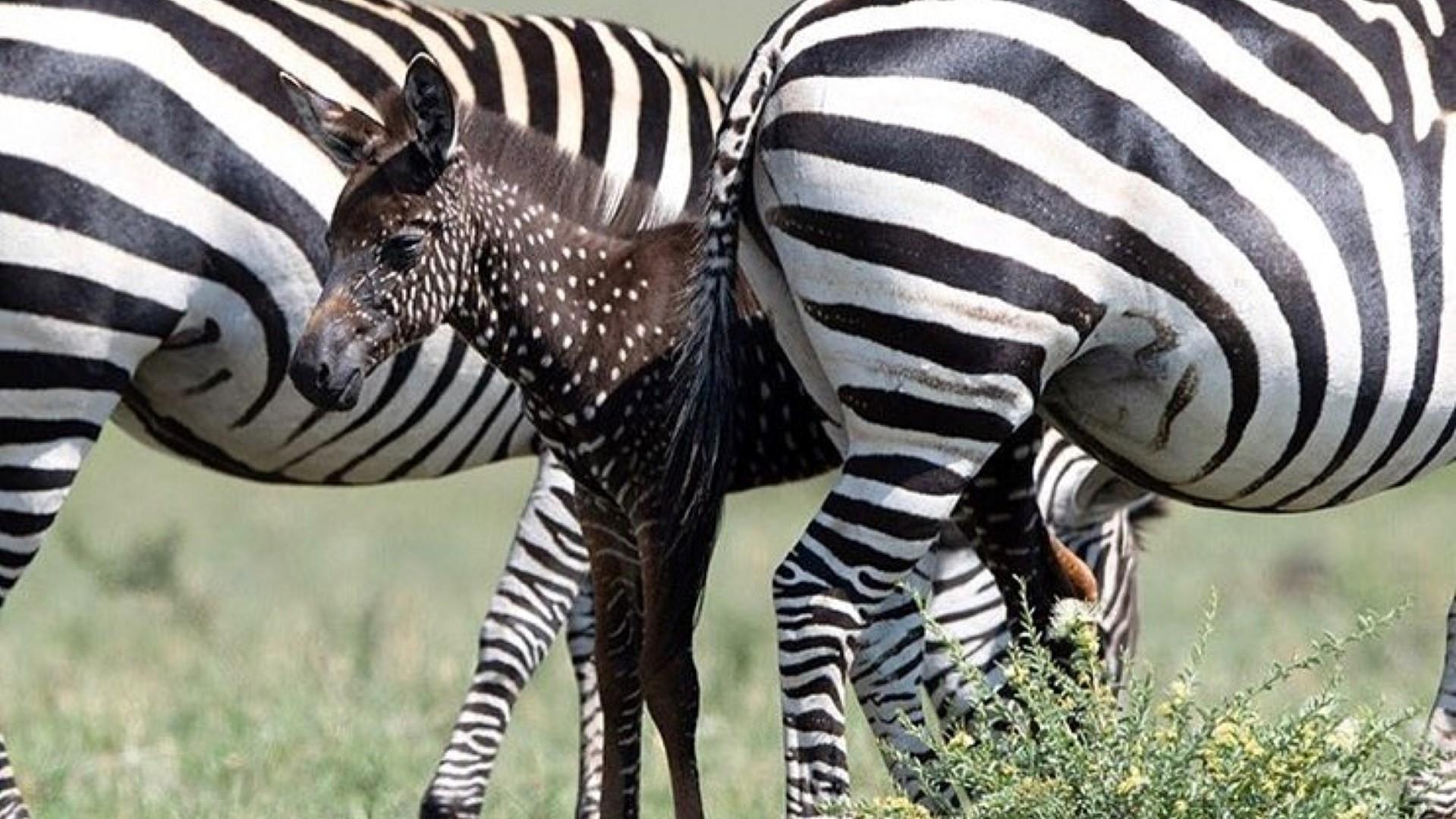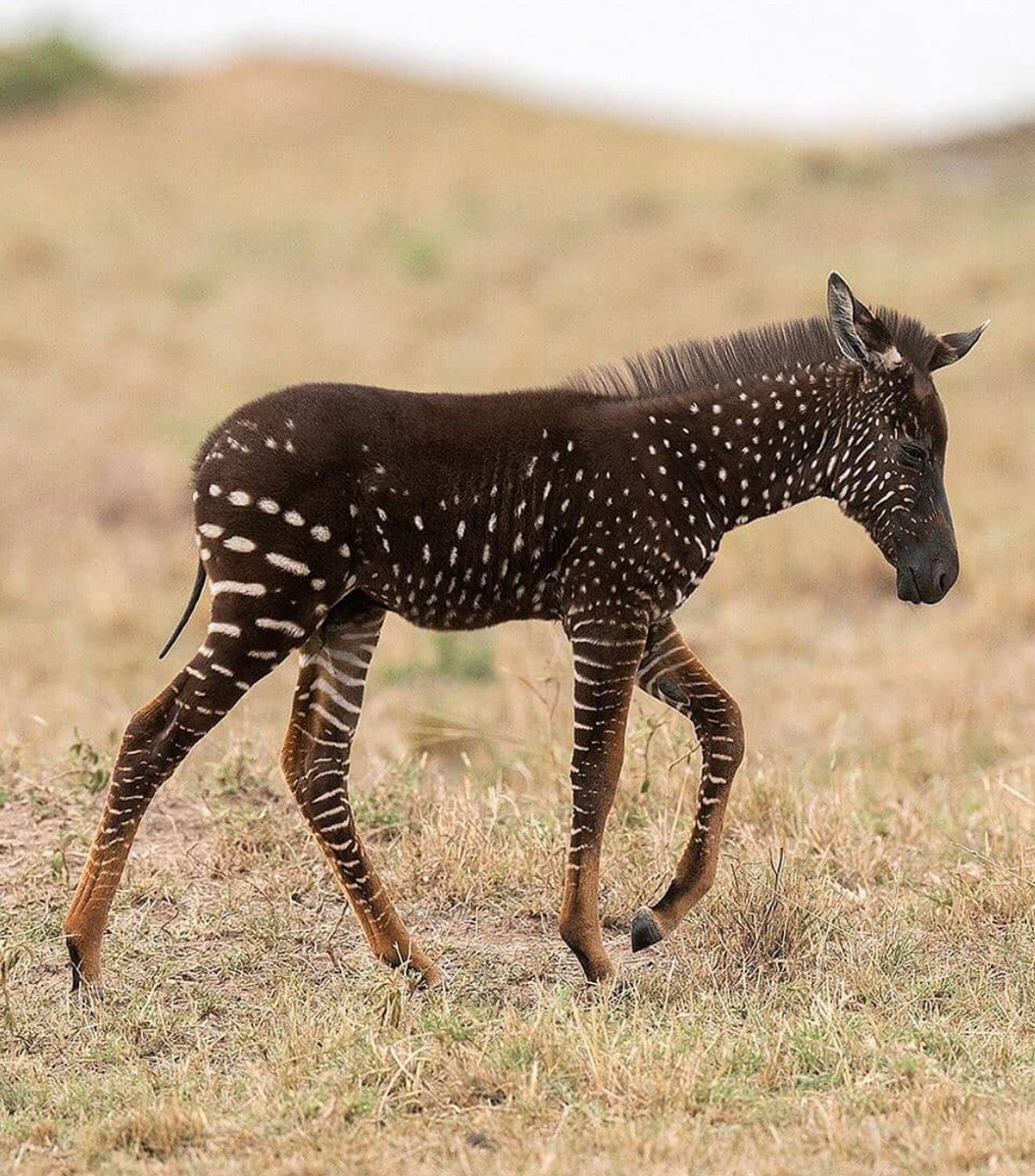With brown fur with white spots due to a genetic mutation, young zebras can face many dangers in the wild.

Tira zebra stands out with its brown fur with white spots. (Photo: IFL Science).
A tour guide in the Maasai Mara reserve, Kenya, discovered a young zebra with an unusual coat color and named it Tira, IFL Science reported on September 17. “A few years ago we also learned of a similar case, but that zebra still kept its stripes and bushy tail. Meanwhile, Tira’s pattern changed to resemble polka dots” , representative Wildest Africa program shared on social networks.

Tira may have a genetic mutation and suffer from melanism, which causes excess melanin. Its fur color changed unusually. Zebras often have stripes around their backs and legs, and their bellies are completely white.

However, Tira has a brown belly with white spots and a brown back. This is not the first time zebras have been found to be infected with melanism. Professor Jonathan Bard described a similar case of spotted hair in 1977.
Zebras recognize each other by their body patterns. The patterns of each animal are different, similar to human fingerprints. In fact, there are three species of zebra, each with its own pattern, from the design to the location of the stripes. Scientists believe that striped fur is not for camouflage but to repel horseflies and avoid being bitten by them.

Tira can be in many dangers with her strange fur. Zebras infected with melanism will become prominent in the herd, especially when young. At that time, they become easier targets for lions and hyenas.

Melanism appears in many animals, the most common of which is leopards. The opposite condition to melanism is albinism, when the amount of melanin is missing or completely gone. Albinism is more common than melanism.






